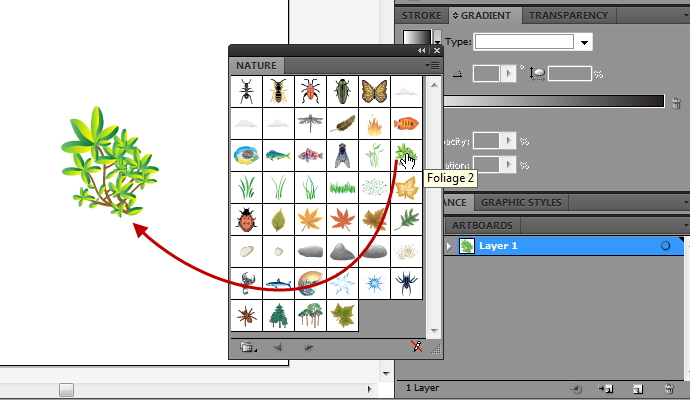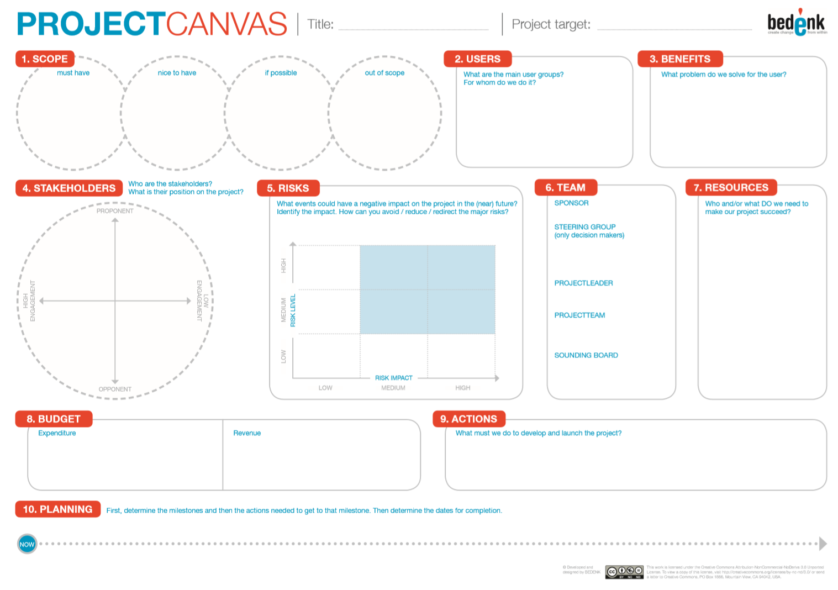

In many cases, the answer will be that the client/manager sees this project as an opportunity to learn something about new technologies. This is why it is so crucial to keep asking your client/ manager why he/ she insists on using A.I. “Why is this an innovative project?” “Well, because we will use A.I.”… One might as well be putting a layer of frosting over a plate of spaghetti and declare it is a cake! Why? Well… it has frosting, doesn’t it? This is the part of the sentence that seems to give the challenge it’s innovation street credit. Why should it be a given that the customer uses a form to apply for service Z? Who knows, he could just as well be using Alexa or Google voice? “…with A.I” You don’t want to be cutting of the many more exciting and innovative avenues there are to explore. What putting it like this does, is implying form X should be part of the solution, thus already making an implicit design choice, even before the innovation process has started. This part of the sentence seems harmless but in fact, it is not.


“…when customers fill in form X when applying for service Z…” It is much easier to come up with clear challenges when they are formulated in an open-ended way, and the best way to do that is with the words “how might we…?”. The challenge is questioning your capability in a way that does NOT invite you to immediately define a solution. Now, when reading the challenge sentence again more closely, you might notice that it was formulated in a closed (“yes” or “no”) way: “Could you do this or that…?”. Taking an approach like this will provide a way larger playing field to innovate and much more room for exploring different possible solutions.Īs a result, the real change the manager or client wants to achieve becomes much clearer, and measurable goals become much easier to define. If the real problem, in this case, was the high amount of rework and cost, the new challenge becomes “Could the high amount of rework and costs in the application process of service Z be reduced using AI?”. The real question here is, why? Why should the number of mistakes be reduced? Is this to make a better customer experience? Reduce rework and costs? Or was it something the boss said should be solved just because…Īs you see, asking the why question will give us far more insight into what the actual problem is that needs to be solved. The question you would ask at the start of a normal project is, “by what percentage should the mistakes be reduced?” But from an innovation perspective, this is a silly question… NO mistakes should be the BHAG (big hairy audacious goal). “Could you reduce the high amount of mistakes…” The question is, if this is rightly so…? Let’s examine the challenge more closely, and find out why we feel it is a bad start for innovation. With a challenge formulated like this it is very tempting to get all excited as innovator. When customers fill in form X when applying for service Z with A.I?” “Could you reduce the high amount of mistakes being made When we invite management or other clients to present us with challenges worth solving, the most commonly got answer will be something using the following formula:

A good challenge should be clear and specific, addressing an actual problem that can likely be solved in an innovative way. Instead, our toughest challenges lie in finding the right definitions of problems to be solved. In the two years of our existence, and after many lessons learned, we realized that finding and creating innovative solutions is not the hardest part of our work. In aiming to do so we combine Design Thinking, Lean Startup and Agile techniques to help solve problems experienced by our clients. TLDR: because defining a good challenge before you start a project is very hard.Īt Novum, the innovation lab of the Dutch Sociale Verzekeringsbank (SVB), we try to enhance the standard of living of our citizens by making use of innovative ways of working and new technology. This blog post is about the challenge canvas and why it is a useful tool when you are starting an innovative project.


 0 kommentar(er)
0 kommentar(er)
